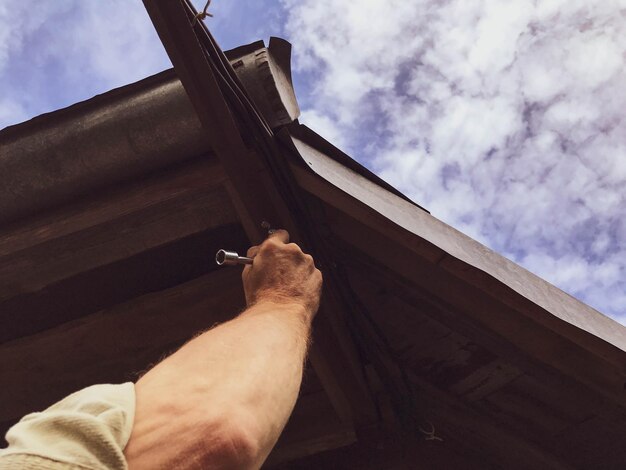Need to Fix Those Damaged Roof Shingles? Here's How to Do It Right
A sturdy and well-maintained roof is crucial for protecting your home from the elements. Damaged shingles not only detract from your home's appearance but can also lead to leaks and more extensive damage over time. If you're wondering how to replace shingles on your roof, you're in the right place! Here’s a comprehensive guide to replacing roof shingles safely and efficiently.
Steps to Replace Your Roof Shingles
**1. Safety First
- Pick the Right Day: Choose a warm, dry day to do this work—wet shingles can be slippery and dangerous.
- Use Proper Gear: Ensure you have the right safety equipment, including a sturdy ladder, fall protection gear, and rubber-soled shoes for grip.
**2. Gather Tools and Materials
- You'll need new shingles, a flat pry bar, a hammer, roofing nails, utility knife, and a caulking gun with roofing sealant.
**3. Remove Damaged Shingles
- Loosen Adhesive: Use the flat pry bar to gently lift the damaged shingle to break the sealant that holds it down.
- Remove Nails: Pry out the nails securing the shingle. Be sure to also remove the nails from shingles that are directly above the damaged area, as they hold the damaged shingle in place.
- Take Out Old Shingles: Slide out the old shingles. Be mindful not to damage surrounding shingles.
**4. Install New Shingles
- Cut and Align: Trim the new shingle to match the size of the one removed. Ensure it's aligned with the neighboring shingles.
- Nail It Down: Secure the new shingle using roofing nails. Typically, you’ll need about four nails per shingle, one in each corner.
- Seal Edges: Apply roofing sealant to the edges of the new shingle and press it into place to ensure it's securely bonded.
**5. Inspect Your Work
- Double-check your repair to ensure there are no missing nails or loose shingles. This will prevent future issues and leaks.
Exploring Financial Aid for Home Repairs
Roof repairs, even minor ones, can sometimes strain the budget. If you're facing financial constraints, exploring aid options could be beneficial:
Government Home Repair Assistance Programs: Many states offer programs for low-income homeowners to receive necessary repairs. Check with your local housing agency for eligibility requirements.
Financial Assistance from Charitable Organizations: Various non-profits provide grants or low-interest loans to help with essential home repairs.
Weatherization Assistance Programs: These are available for energy efficiency improvements, and in some cases, they cover necessary roof repairs.
Home Repair Loans: Certain lenders offer specialized home repair loans with favorable terms for essential upkeep, ensuring your home is safe and livable.
Insurance Claims: If your roof was damaged due to a covered peril, such as a storm, your homeowners insurance might cover the cost of repairs.
Taking proactive steps with financial support can make this necessary repair more manageable, ensuring your home remains a safe and secure place. Here are some programs you might consider:
- 🏠 HUD Home Repair Program – Offers aid to low-income homeowners for necessary repairs.
- 📝 Weatherization Assistance – Focuses on energy efficiency, sometimes covering roof work.
- 💰 Low-Interest Home Repair Loans – Tailored financial products designed to assist in home improvements.
- 🚀 FHA 203(k) Rehabilitation Mortgage – Allows you to refinance your home including the cost for repairs.
In tackling your roofing repair, remember this: A crucial foundation of a strong financial situation is a stable home. Embracing available resources can fortify more than just your roof, helping secure your home and financial well-being.
